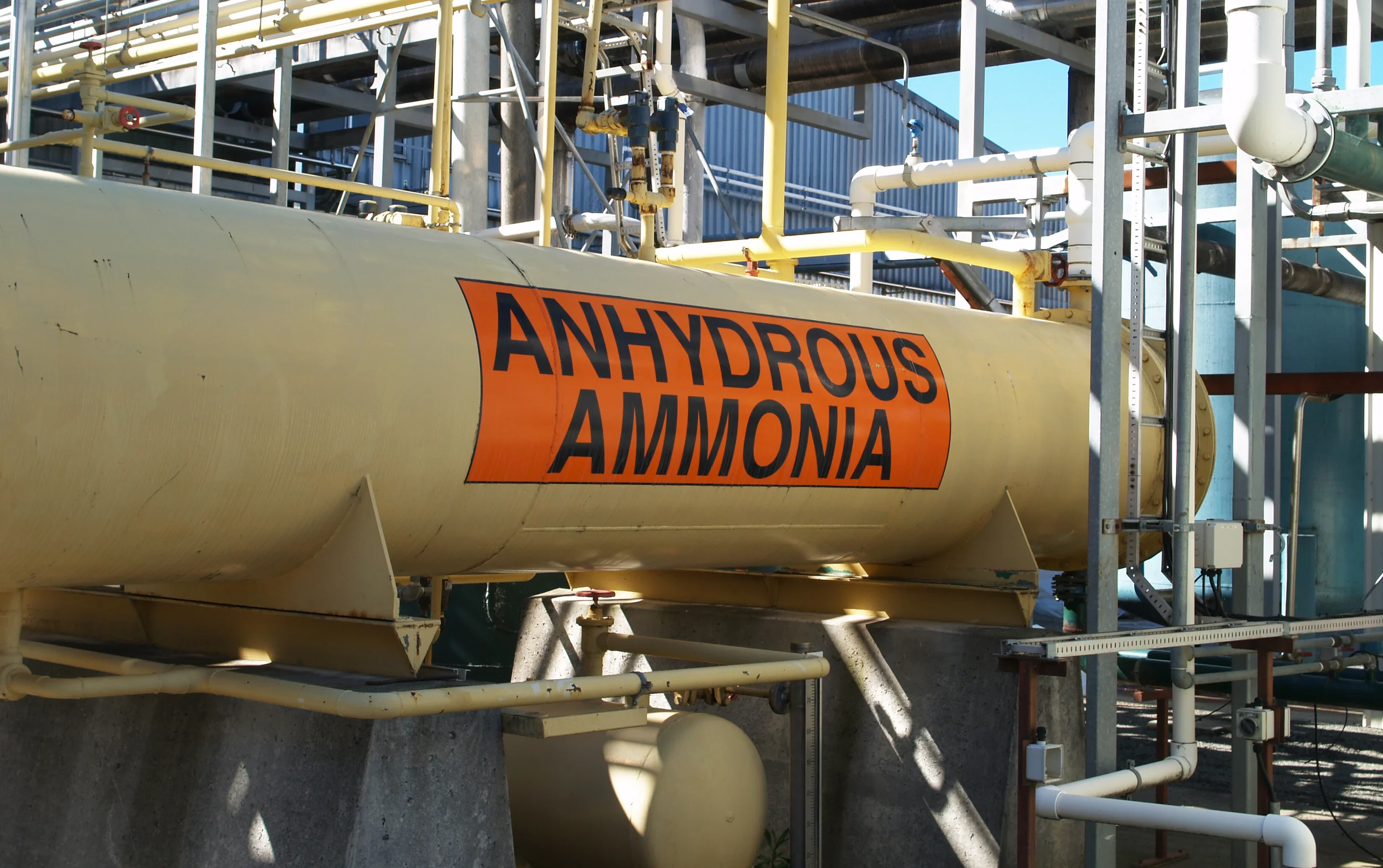Risk Management Program (RMP)
The Risk Management Plan (RMP) Rule is overseen by the EPA. According to their website, an overview of the RMP programs is described as follows:
“Under the authority of Section 112(r) of the Clean Air Act, the Chemical Accident Prevention provisions require facilities that produce, handle, process, distribute, or store greater than a threshold quantity of any listed toxic or flammable extremely hazardous substance to develop a Risk Management Program, prepare a Risk Management Plan (RMP), and submit the RMP to EPA. Covered facilities were initially required to comply with the rule in 1999, and the rule has been amended on several occasions since then, most recently in 2004.”
Applicability to the RMP regulation is based upon the amount of hazardous chemical used in the process onsite. A “process” is any activity involving a regulated substance including any use, storage, manufacturing, handling or on-site movement of a regulated substance, or a combination of these activities. When the listed threshold quantity is met or exceeded, the process is then categorized under one of the three program levels:
Program Level 1
To be eligible for Program Level 1, a facility must meet ALL of the following:
For the five years prior to the submission of an RMP, the process has not had any releases of the regulated substance that has led to any of the following offsite:
death;
injury; or
response or restoration activities for an exposure of an environmental receptor ;
The distance to a toxic or flammable endpoint for a worst-case release assessment is less than the distance to any public receptor; AND
Emergency response procedures have been coordinated between the stationary source and local emergency planning and response organizations.
Program Level 2
A covered process is subject to Program 2 requirements if it does not meet the eligibility requirements of Program Level 1 or Program Level 3.
Program Level 3
A covered process is subject to Program 3 if the process does not meet the requirements of Program Level 1, and if either of the following conditions is met:
The process is in NAICS code 32211, 32411, 32511, 325181, 325188, 325192, 325199, 325211, 325311, or 32532; or
The process is subject to the OSHA process safety management standard, 29 CFR 1910.119 – See OSHA’s Process Safety Management regulation.
For additional applicability information, see the General RMP Guidance Document.
Under Program Level 3, the RMP Rule requires a regulated facility to prepare and implement the same PSM prevention programs:
In addition, the following are required to be developed for both Program Level 2 & Level 3 processes:
Hazard Assessment / Off-site Consequence Analysis
Management Program
RMP Submittal to EPA
PSM RMP Solutions can assist with all aspects of the development and implementation of the Risk Management Plan. The level of assistance may vary based on the needs of the client. PSM RMP Solutions can provide reminders to pertinent personnel or participate heavily within the scope of the project.
As opposed to the OSHA PSM which has no submittal requirements, EPA’s RMP requires an initial and five year re-submittal to EPA via an on-line database.
Five Year Revalidation Requirements
Revalidations differ based on program level implementation, however, they typically require three components: 1) revalidation of the Process Hazard Analysis, 2) update to the Hazard Assessment, and 3) submittal of the Risk Management Plan (RMP*eSubmit) to the EPA.
Process Hazard Analysis Revalidation: At least every five (5) years, the process hazard analysis shall be updated and revalidated, by a team meeting the requirements in subsection (e)(3) of the regulation, to assure that the hazard review is consistent with the current process. PSM RMP Solutions will provide both a PHA Leader and scribe to facilitate the revalidation process. There are several PHA methodologies permitted by the regulation, however, PSM RMP Solutions will utilize either the Hazard and Operability (HAZOP) analysis or What-If Question analysis depending on the facility needs. Participation will be required by personnel that work on the system, i.e. a contractor (if one is used), in-house operators, management, etc.
Hazard Assessment Update: As required by the regulation, the owner or operator shall review and update the offsite consequence analyses at least once every five years. PSM RMP Solutions will utilize the 2010 Census Data and EPA Guidance documents to evaluate both the worst and alternate case release scenarios.
RMP*eSubmit: The RMP submittal to EPA is required initially and at least every five years. PSM RMP Solutions will assist with the on-line preparation and submittal of the RMP*eSubmit via EPA’s Central Data Exchange (CDX) Website.
For additional information on RMP’s see the RMP Guidance Documents for different industries.


